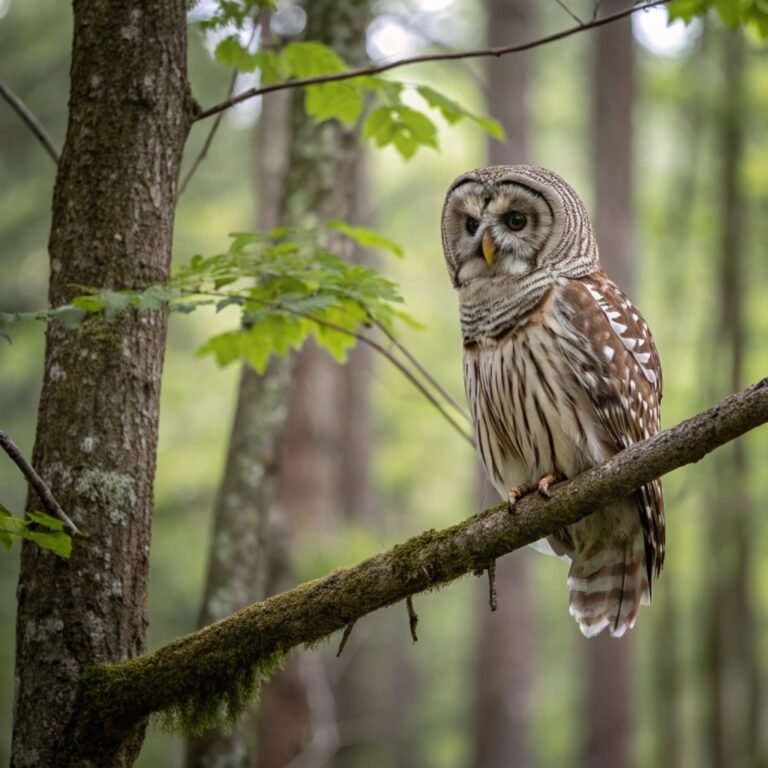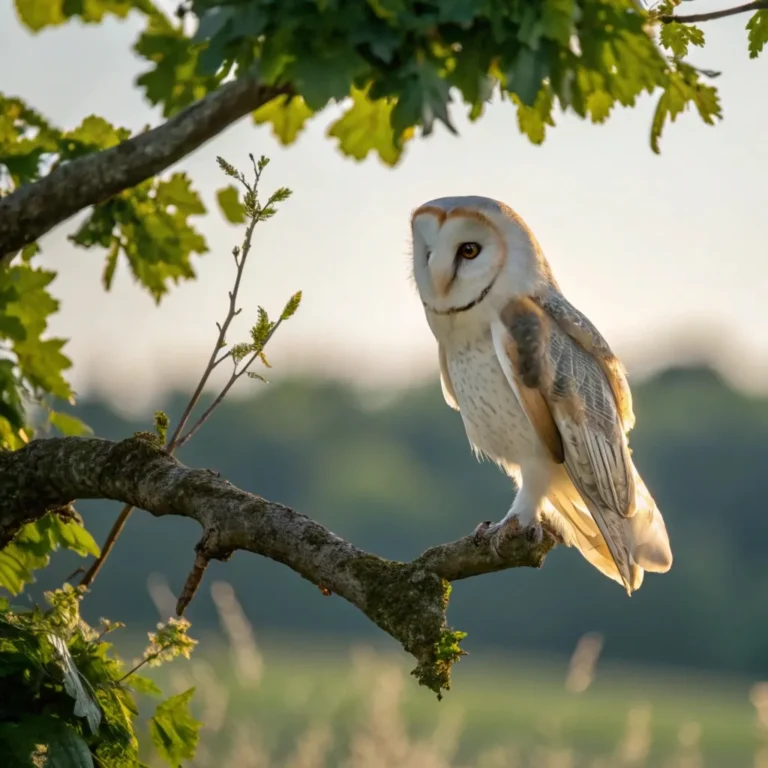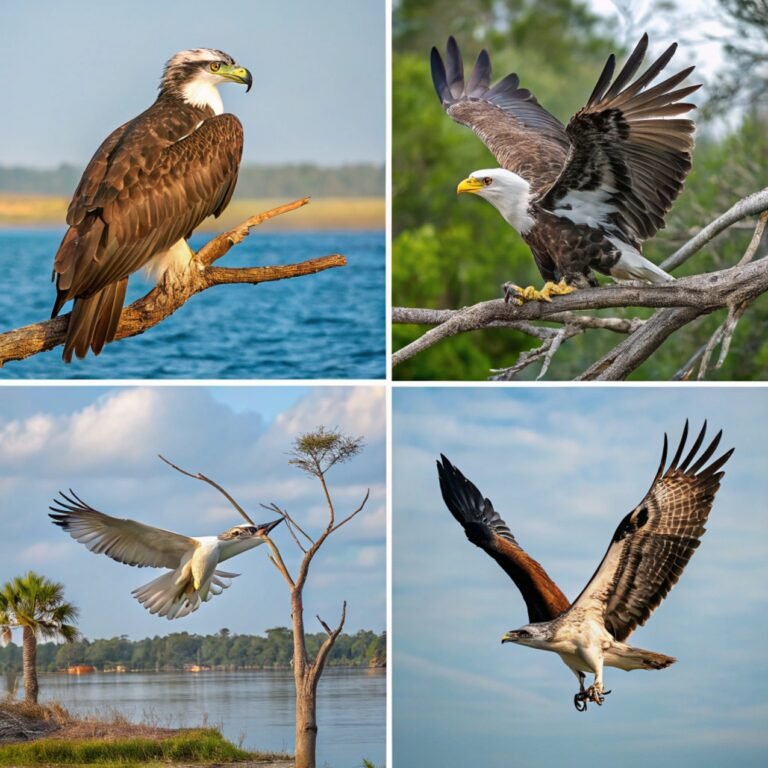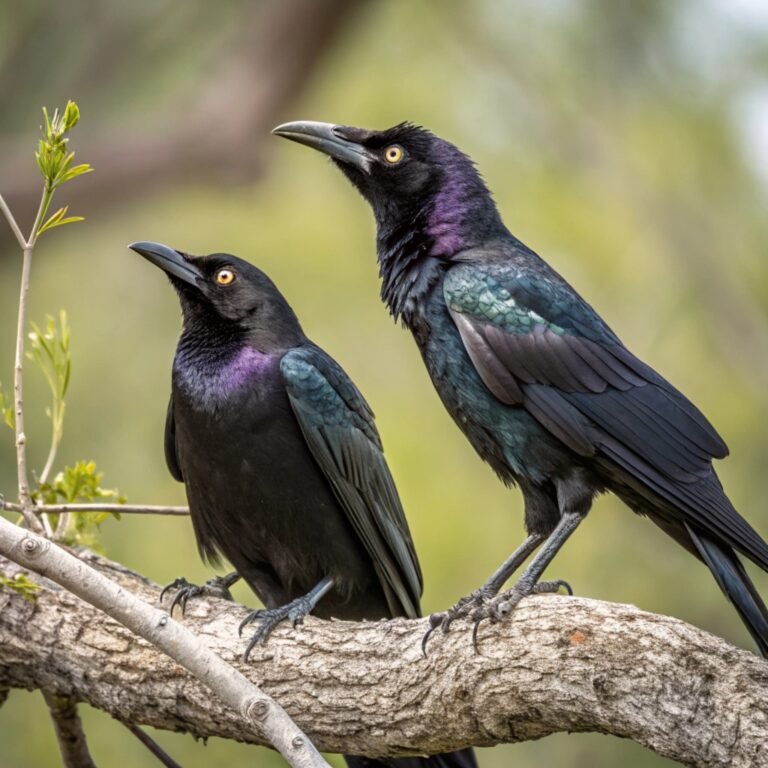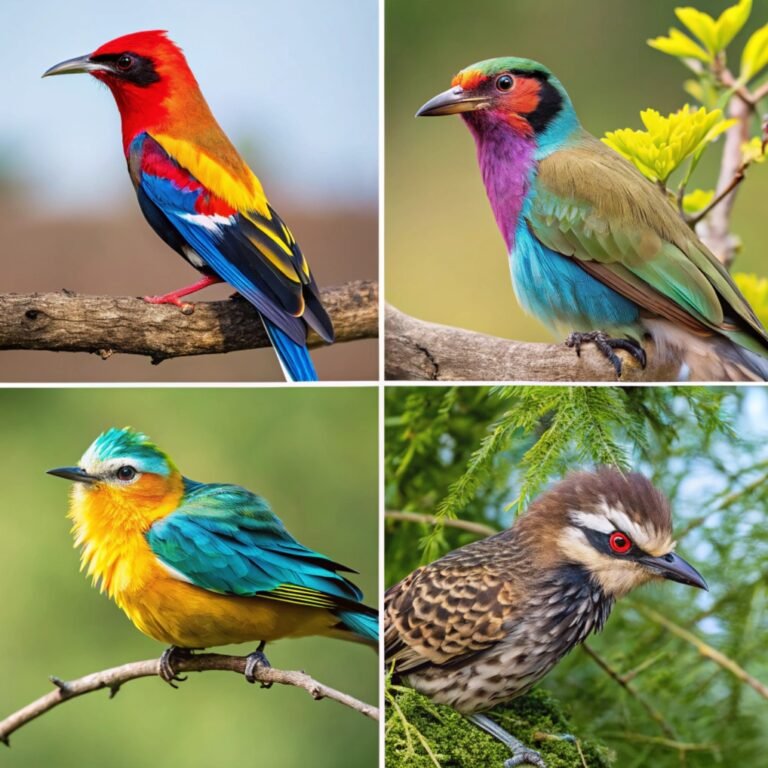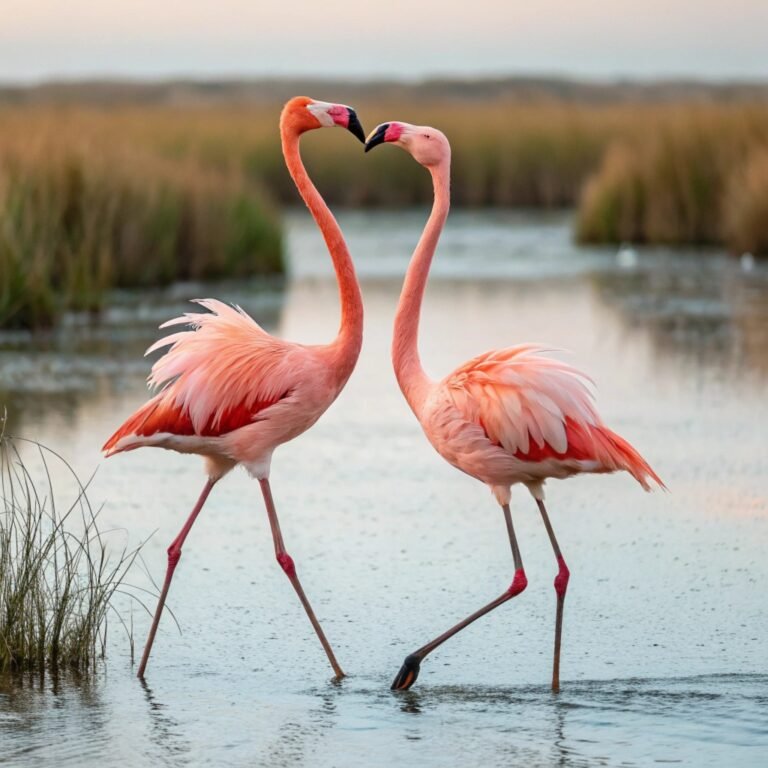11 World’s Rarest and Endangered Bird Species: A Comprehensive Guide
This comprehensive exploration delves into 11 of the rarest bird species worldwide, shedding light on their unique characteristics, the challenges they face, and the conservation efforts aimed at preserving these feathered treasures for future generations.
The world of avian biodiversity is filled with wonder and intrigue, but some species teeter on the brink of extinction.

Key Takeaways:
- The rarest birds in the world face numerous threats, including habitat loss, climate change, and human activities.
- Conservation efforts are crucial for the survival of these endangered species.
- Many of these birds have populations of fewer than 100 individuals in the wild.
- Captive breeding programs play a vital role in preserving some species.
- Habitat protection and restoration are essential for the long-term survival of these rare birds.
- Public awareness and education are key components in conservation strategies.
- Some species, like the Spix’s Macaw, are extinct in the wild and only exist in captivity.
- Invasive species pose a significant threat to many rare bird populations.
- International cooperation is often necessary for effective conservation of these species.
- Genetic diversity is a critical concern for species with extremely small populations.
- Many of these rare birds are endemic to specific regions or islands, making them particularly vulnerable.
- Climate change is increasingly impacting the habitats and survival of these rare species.
- Illegal wildlife trade continues to be a major threat for some of these birds.
- Technological advancements in tracking and monitoring are aiding conservation efforts.
- The recovery of some species demonstrates the potential success of dedicated conservation programs.
The Enigmatic Stresemann’s Bristlefront: A Lone Survivor

The Stresemann’s Bristlefront (Merulaxis stresemanni) stands as perhaps the rarest bird in the world, with only one known individual surviving in the wild.
This critically endangered species is endemic to the Atlantic Forest of Brazil, a region that has suffered extensive deforestation and fragmentation.
The bristlefront’s elusive nature and nocturnal habits make it incredibly challenging to study and protect.
Conservation efforts are focused on preserving and restoring its habitat, with hopes of discovering more individuals and potentially implementing a captive breeding program.
The last confirmed sighting of this species occurred in 2018, highlighting the urgent need for intensive conservation measures to prevent its extinction.
California Condor: A Conservation Success Story in Progress
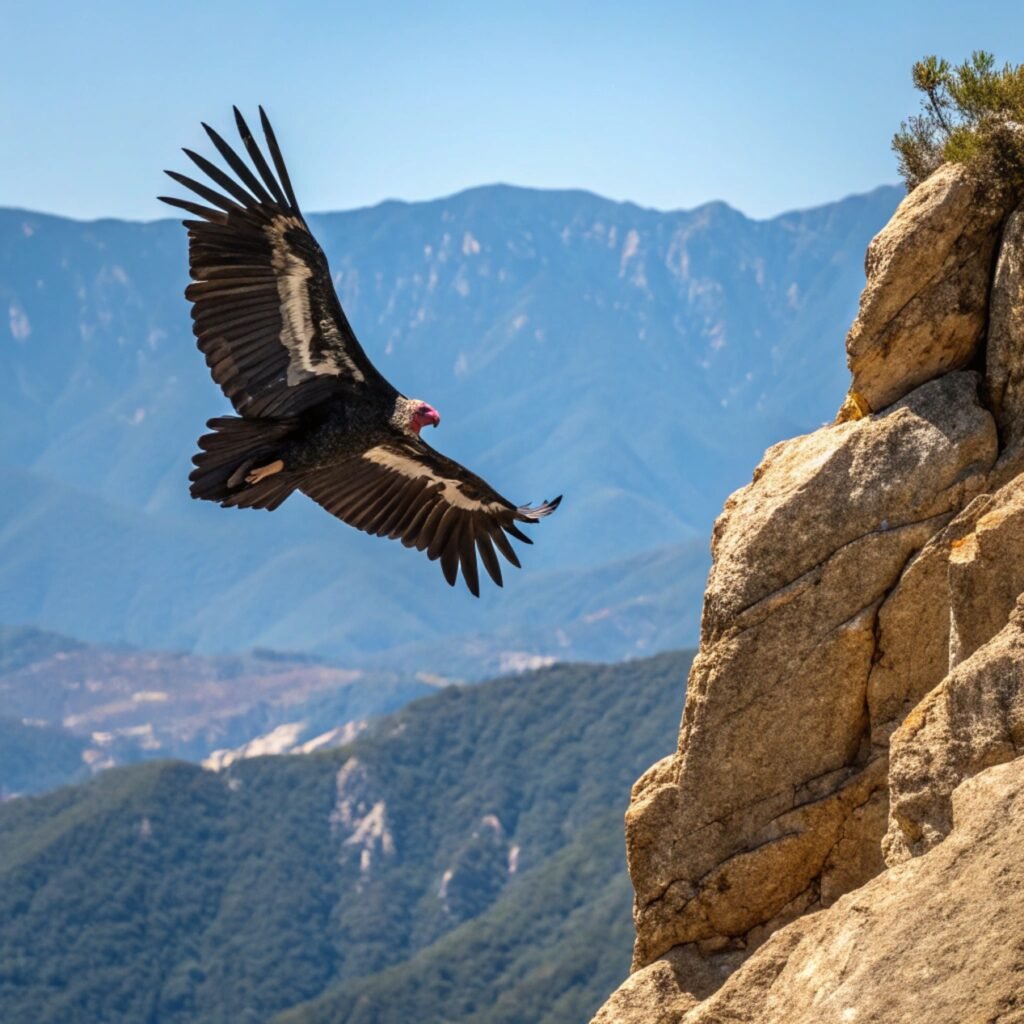
The California Condor (Gymnogyps californianus) represents one of the most remarkable conservation comebacks in avian history.
Once reduced to just 27 individuals in the 1980s, this species has been brought back from the brink of extinction through intensive captive breeding and reintroduction programs.
Today, there are approximately 275 California Condors in the wild, with additional birds in captivity.
However, these majestic scavengers still face significant challenges, including lead poisoning from ingesting bullet fragments in carrion and habitat loss.
Ongoing conservation efforts focus on continued breeding programs, habitat protection, and public education to reduce the use of lead ammunition in condor ranges.
The Elusive Cebu Flowerpecker: A Philippine Enigma

The Cebu Flowerpecker (Dicaeum quadricolor) is a critically endangered species endemic to the island of Cebu in the Philippines.
This tiny bird was thought to be extinct until its rediscovery in 1992, sparking hope for its conservation.
With fewer than 100 individuals remaining in the wild, the Cebu Flowerpecker faces severe threats from habitat destruction. Only about 0.03% of its original forest habitat remains intact on the island.
Conservation efforts are focused on protecting the remaining forest fragments and potentially establishing captive breeding programs to bolster the population.
Spix’s Macaw: The Real-Life “Rio” Bird

The Spix’s Macaw (Cyanopsitta spixii), made famous by the animated film “Rio,” is tragically extinct in the wild. This striking blue parrot, native to Brazil, fell victim to habitat loss and the illegal pet trade.
Currently, about 180 Spix’s Macaws exist in captivity as part of an international breeding program. Conservationists are working tirelessly to reintroduce the species to its native habitat in the Caatinga region of northeastern Brazil.
The first reintroduction efforts began in 2022, offering a glimmer of hope for this iconic species to once again fly free in its natural environment.
Kakapo: New Zealand’s Flightless Wonder

The Kakapo (Strigops habroptilus), also known as the owl parrot, is a nocturnal, flightless parrot endemic to New Zealand. This charismatic bird is one of the world’s rarest, with a population of just over 200 individuals.
Kakapos face numerous challenges, including predation by introduced mammals and low reproductive rates. They only breed every 2-4 years when certain native trees produce abundant fruit.
Intensive conservation management includes predator control, supplementary feeding, and artificial incubation of eggs. Each Kakapo is individually named and monitored, highlighting the personalized approach to their conservation.
The Mysterious Forest Owlet: India’s Avian Ghost

The Forest Owlet (Heteroglaux blewitti) is a rare and enigmatic species found only in a small area of central India.
Thought to be extinct for over a century, it was rediscovered in 1997, causing excitement in the ornithological world.
With an estimated population of fewer than 250 mature individuals, the Forest Owlet faces threats from habitat loss due to deforestation and agricultural expansion.
Conservation efforts focus on protecting its remaining habitat and conducting further research to better understand its ecology and distribution.
The Vibrant Blue-throated Macaw: Bolivia’s Living Jewel

The Blue-throated Macaw (Ara glaucogularis), endemic to a small region of northern Bolivia, is one of the world’s rarest macaw species.
With a wild population of approximately 450 individuals, it faces significant challenges to its survival.
Habitat loss due to cattle ranching and the illegal pet trade have been major factors in its decline. The species relies on specific palm trees for nesting, which are often cleared for pasture.
Conservation initiatives include habitat protection, artificial nest box programs, and community education to reduce poaching and promote sustainable land use practices.
The Enigmatic New Caledonian Owlet-nightjar: A Living Fossil
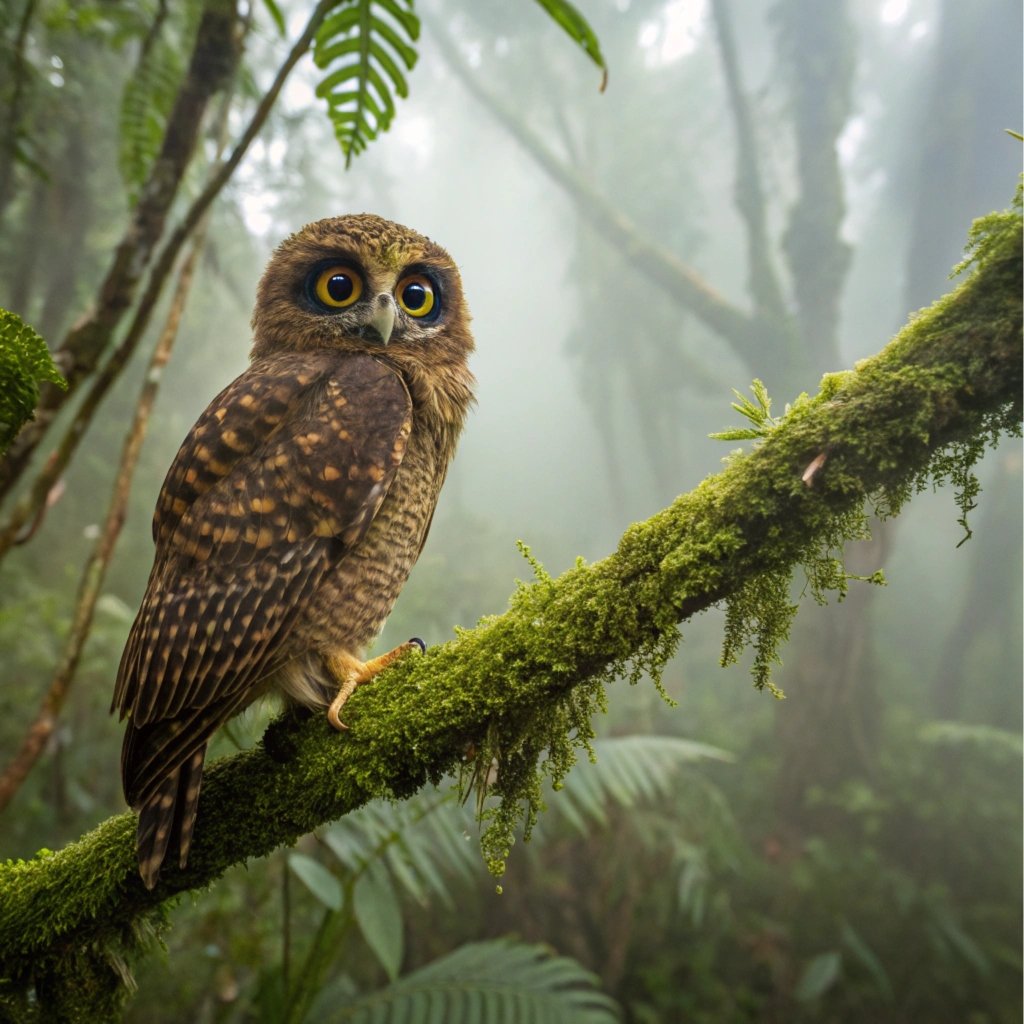
The New Caledonian Owlet-nightjar (Aegotheles savesi) is one of the least-known birds in the world. Endemic to the island of New Caledonia, this species has only been seen a handful of times since its discovery in 1880.
With its population size and trends unknown, the New Caledonian Owlet-nightjar is classified as critically endangered due to its extremely limited range and the ongoing threats to its habitat.
Conservation efforts are hampered by the lack of information about this elusive species, making research and surveys a top priority for its protection.
The Striking Antioquia Brushfinch: Colombia’s Recent Rediscovery
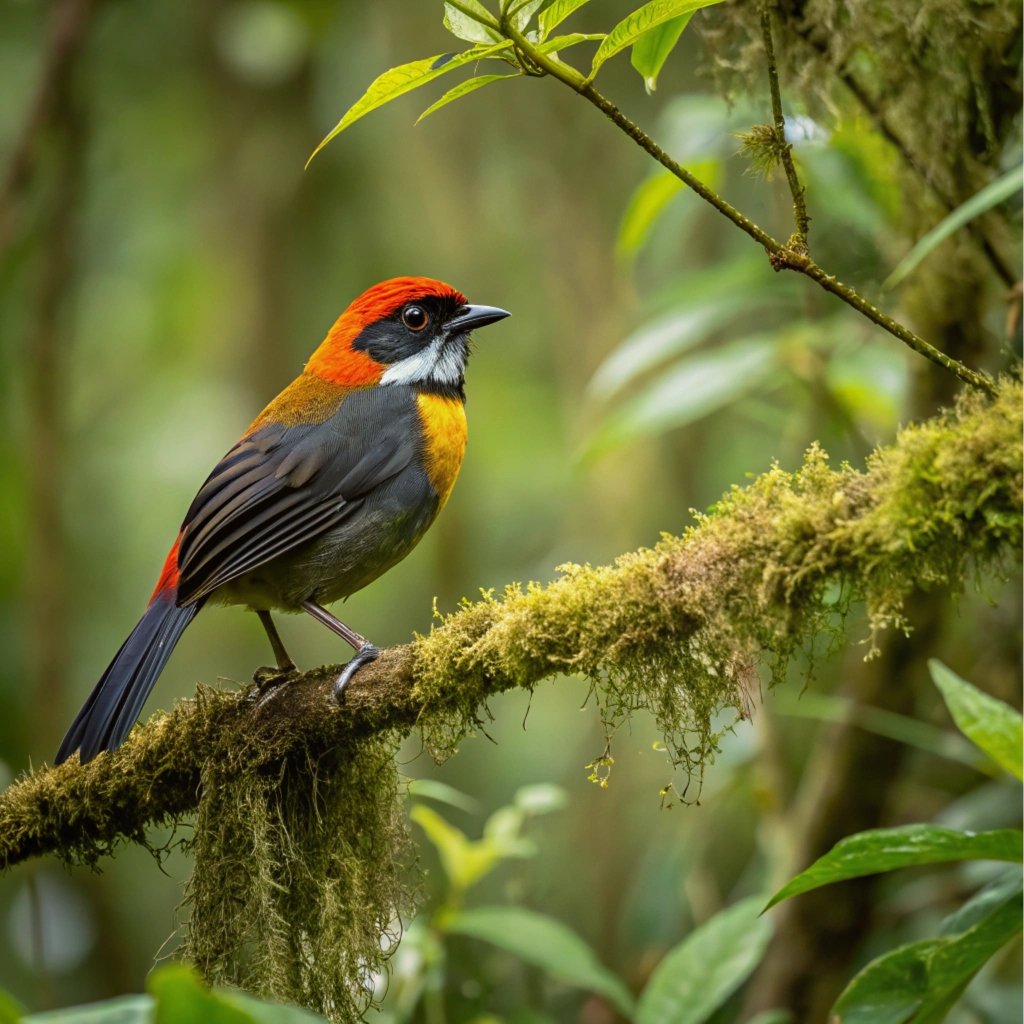
The Antioquia Brushfinch (Atlapetes blancae) is a critically endangered species endemic to Colombia. Described as a new species in 2007 based on museum specimens, it was feared extinct until its rediscovery in 2018.
With fewer than 20 individuals known to exist, the Antioquia Brushfinch faces severe threats from habitat loss due to urban expansion and agriculture.
Conservation efforts are focused on protecting its remaining habitat and conducting further surveys to potentially locate additional populations of this recently rediscovered species.
The Majestic Philippine Eagle: Apex Predator on the Brink

The Philippine Eagle (Pithecophaga jefferyi), also known as the monkey-eating eagle, is one of the largest and most powerful eagles in the world.
Endemic to the Philippines, this impressive raptor is critically endangered, with an estimated population of fewer than 800 individuals.
Habitat loss due to deforestation and hunting are the primary threats to this species. The Philippine Eagle requires vast tracts of forest to survive, making habitat conservation crucial.
Conservation efforts include captive breeding programs, habitat protection, and community education to reduce human-wildlife conflict and promote forest conservation.
The Diminutive Seychelles Paradise Flycatcher: Island Gem

The Seychelles Paradise Flycatcher (Terpsiphone corvina) is a small, striking bird endemic to the Seychelles archipelago. Once found on several islands, it is now primarily restricted to La Digue Island, with a small reintroduced population on Denis Island.
With a population of approximately 250-300 individuals, this species faces threats from habitat loss due to development and the impacts of invasive species.
Conservation initiatives focus on habitat protection, predator control, and translocation efforts to establish new populations on other islands within its historical range.
Frequently Asked Questions
What is the primary cause of bird species becoming endangered?
The primary causes of bird species becoming endangered are habitat loss, climate change, invasive species, and human activities such as hunting and the illegal wildlife trade. Habitat destruction, in particular, is a significant threat as it removes the essential resources birds need for survival and reproduction.
How do conservation efforts help endangered bird species?
Conservation efforts help endangered bird species through various means, including habitat protection and restoration, captive breeding programs, reintroduction efforts, and public education. These initiatives aim to increase population numbers, preserve genetic diversity, and address the underlying threats to the species’ survival.
Can extinct bird species be brought back through cloning or other scientific methods?
While the idea of “de-extinction” through cloning or genetic engineering has been proposed, it remains largely theoretical and controversial. Currently, no extinct bird species have been successfully revived. Conservation efforts focus on preventing extinctions rather than attempting to reverse them.
How can individuals contribute to bird conservation efforts?
Individuals can contribute to bird conservation efforts by supporting conservation organizations, participating in citizen science projects, making their yards bird-friendly, reducing plastic use, and advocating for policies that protect wildlife and habitats. Education and raising awareness about endangered species also play crucial roles.
Are there any success stories in bird conservation?
Yes, there are several success stories in bird conservation. The California Condor and the Kakapo are examples of species that have been brought back from the brink of extinction through intensive conservation efforts. While still endangered, their populations have increased significantly due to dedicated conservation programs.

Hello, I’m Emily Price, the founder of Birds Affection. As a passionate bird enthusiast and spiritual seeker, I’ve always been fascinated by the symbolic meanings and mystical connections between birds and our lives. On this website, I share my knowledge and insights on the spiritual significance of various bird species, exploring their roles as messengers, guides, and teachers. Through my writing, I aim to inspire and educate others on the profound wisdom and beauty that birds bring to our world. Join me on this journey as we delve into the enchanting realm of bird symbolism and discover the hidden meanings behind these magnificent creatures.


